-
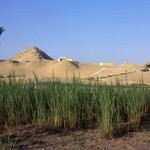
-
The panorama of the royal necropolis of the 5th dynasty at Abusir.
-
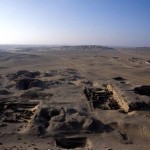
-
The southern part of the royal necropolis of the 5th dynasty and the large shaft tombs of the Late Period at Abusir.
-
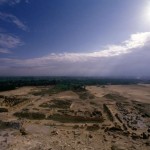
-
A view on the cemetery of officials of non-royal origin from the top of the pyramid of Niuserre. To the left, the mastaba of Ptahshepses can be seen.
Archive of the Czech Institute of Egyptology, Kamil Voděra
The Royal Cemetery
-
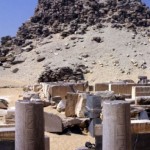
-
View of the side entrance of the funerary temple of King Sahure. On two columns flanking the entrance, hieroglyphic inscriptions have been preserved.
-
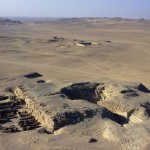
-
A view of the funerary complex of King Neferre from the top of the pyramid of Niuserre.
-
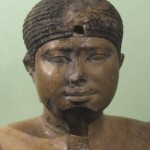
-
The face of the statue of King Neferre.
-
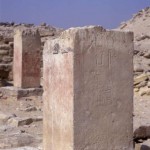
-
A pillar with the partially preserved name of Queen Khentkaus II located in the ruins of her funerary temple.
-
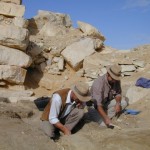
-
Egyptologists Jaromír Krejčí and Dušan Magdolen dokumenting the secondary cemetery of Pyramid Lepsius 25.
-
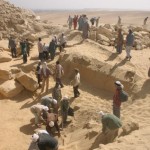
-
The exploration of the anonymous pyramid Lepsius 25.
-
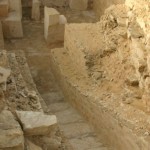
-
A view inside the uncovered substructure of the pyramid Lepsius no. 25.
-
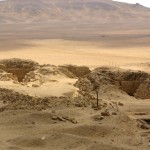
-
A view of the southern part of the Abusir royal necropolis (pyramids Lepsius 24 and 25) from the top of the pyramid of Niuserre.
-
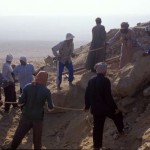
-
Even in modern times, archaeologists are sometimes forced to use ancient methods (pyramid Lepsius no. 25).
-
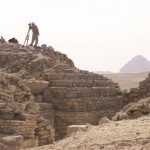
-
The archaeological exploration is documented by means of modern technology, Ing. Vladimír Brůna, Geolab of the University of Jan Evangelista Purkyně Ústí nad Labem (pyramid Lepsius 25).
Archive of the Czech Institute of Egyptology, Kamil Voděra
The tomb complex Lepsius no. XXV
Several photographs from the spring archaeological expedition 2003-2004, in the course of which we have concentrated on the exploration of the tomb complex Lepsius no. 25.
-
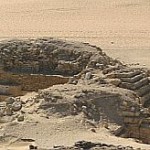
-
General view of the tomb complex „Lepsius no. 25“ from the northeast.
-
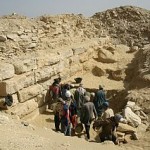
-
Workmen at work at the southwestern corner of the structure. Above them the memebr of the family of foremen reis Ahmad el-Kereti.
-
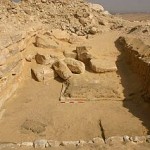
-
A view of the structure of an unknown function discovered at the southwestern corener of the complex.
-
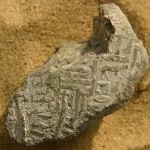
-
In the course of the exploration of this part of the structure, this clay sealing with the name of King Niuserre was discovered.
-
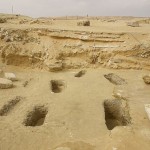
-
General view of the secondary cemetery extending to the north of the eastern tomb of the complex L25.
-
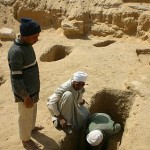
-
Our workmen exploring the secondary cemetery.
-
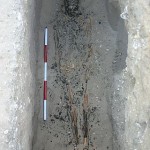
-
One of the secondary burials.
South Abusir
-
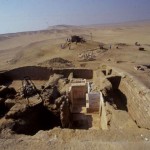
-
A view of the uncovered superstructure of Inti’s mastaba.
-
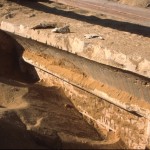
-
A stela in the form of a false door is slowly emerging out of the sand cover (Inti’s mastaba, Abusir South).
-
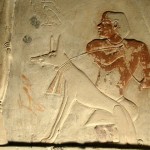
-
Detail of the relief decoration of the funerary chapel of judge Inti (Abusir South). Inti’s favourite dog, who had a dwarf for his caretaker, was called Idjem.
-
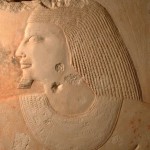
-
Detail of the face of judge Inti from the relief decoration in his funerary chapel (Abusir South).
-
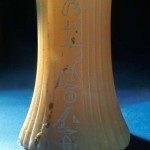
-
A headrest stand made of a fine, almost transparent travertine (Abusir South). Originally it formed part of the burial equipment one of the sons of vizier Qar.
-
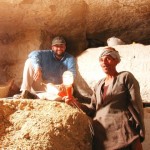
-
Siesta in the burial chamber Abusir South, mastaba of judge Inti).
-
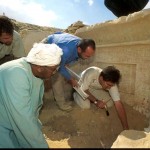
-
The first assessment of the state of preservation of the relief decoration of the funerary chapel of judge Inti. (Abusir South).
-
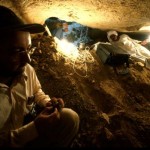
-
The underground areas of ancient Egyptian tombs are often very cramped (Abusir South, the mastaba of judge Inti).
-
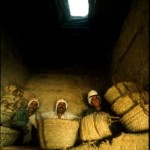
-
A moment of rest at the bottom of the burial shaft (Abusir South, the mastaba of judge Inti).
-
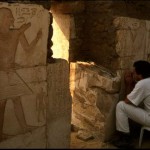
-
The neverending work of Czech restorer – the cleaning of the façade of the tomb of judge Inti.
-
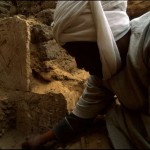
-
The foreman of Egyptian workmen (reis) Ahmed el-Kereti of judge Inti (Abusir South).
Archive of the Czech Institute of Egyptology, Kamil Voděra
Shaft Tombs of the Late Period
-
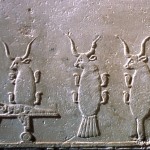
-
Detail of the relief decoration on the walls of the burial chamber of priest Iufaa, with the working title “dancing cows” (the shaft tomb of priest Iufaa, the Late period).
-
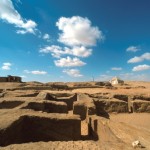
-
The funerary complex incised into the bedrock in front of the eastern façade of the shaft tomb of Iufaa (the Late Priod).
-

-
View inside the just uncovered tub of the outer limestone sarcophagus in the shaft tomb of priest Iufaa, on the walls of which traces of the original painted decoration were preserved. (the Late Period).
-
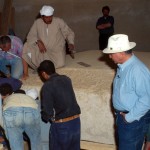
-
The opening of the intact sarcophagus in the shaft tomb of priest Iufaa (Late priod).
-
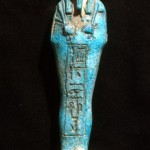
-
One of the ushabti discovered in the burial chamber of priest Iufaa (the shaft tomb of priest Iufaa, Late period).
Archive of the Czech Institute of Egyptology, Kamil Voděra